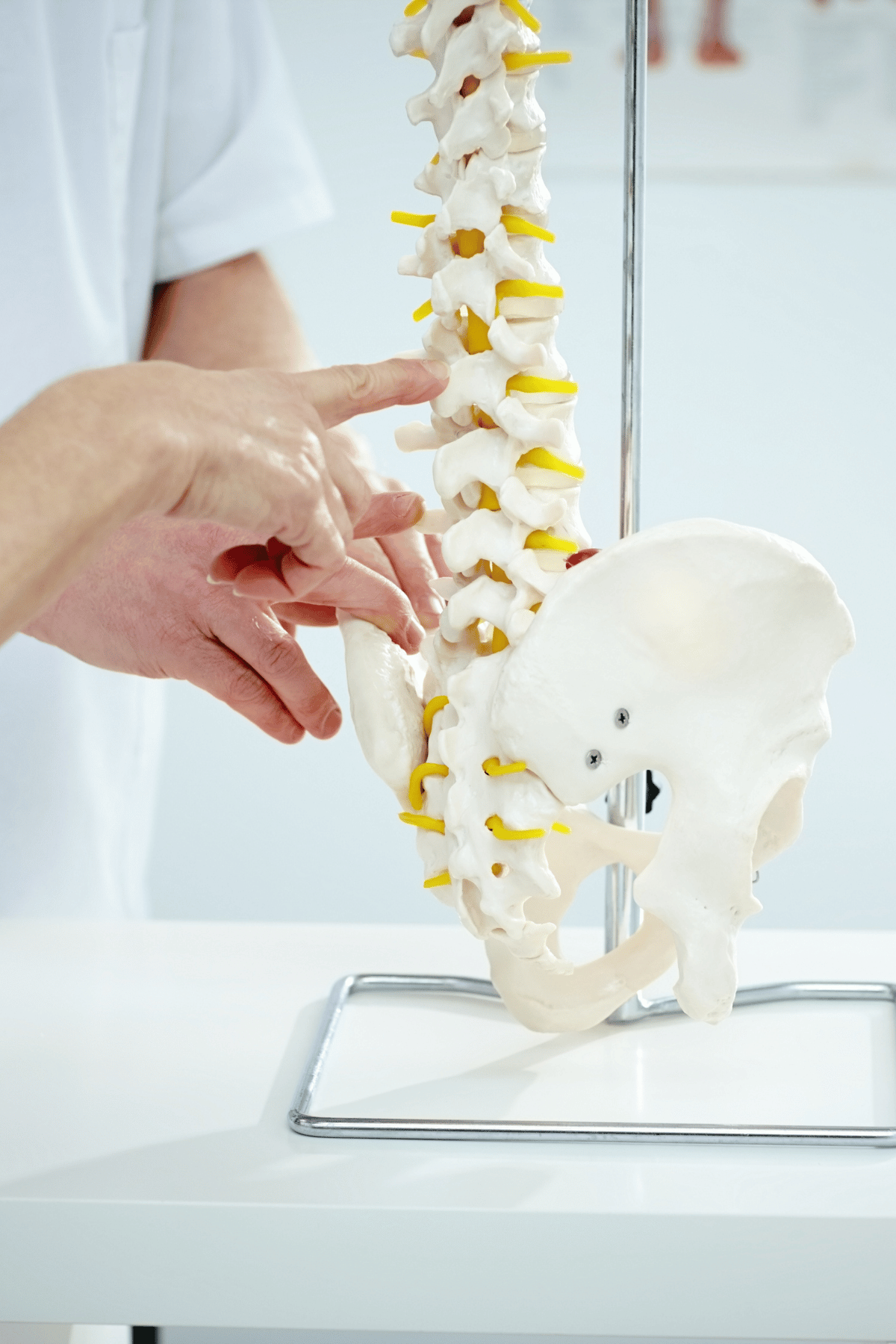Chiropractic Care
What is Chiropractic Care?
The word Chiropractic originates from Greek, meaning effective treatment by hand. Chiropractic is an alternative, conservative, and natural medicine that does not utilize surgery or pharmaceutical drugs. Chiropractic mostly focuses on disorders of musculoskeletal and nervous systems. The most common disorders that chiropractic treats are neck and back pain, but also includes arm and leg pain, headaches and any joint pain in the body.
The basic idea of chiropractic is to optimize and maintain healthy biomechanics of the human structure. Let’s look at the human body as structural and functional units. Without a normal structure, one cannot expect to have normal function. For example, poor posture leads to a limited range of motion, chronic muscle tightness and weakness, chronic fatigue, and even reduces a lung to produce oxygen.
Vertebral Subluxation Complex (VSC)
VSC is an abnormal structure or misalignment of the spine called vertebral subluxations. There are five components that contribute to the spinal subluxation complex.
Spinal/bone component
Due to bad postural habits, joint degeneration [narrowing of joint space] and trauma/injury eventually creates vertebra fixation or misalignment.


Neuropathology/nerve system component
VSC can create nerve compression. Nerve compression alters the transport of nutrients to targeted areas of the body. This creates pain, numbness, and tingling sensations.
Myopathology/Muscle/Soft Tissue component
Muscle gets nutrients and controlled by nerve system, as stated above, we know that VSC has an effect on nervous system. Improperly nourished muscle creates muscle spasms and muscle weakness. Soft tissues which including tendons, ligaments and connective tissue become damaged over time with the misalignment of vertebra through over-stretching or spraining.
Histopathology component
VSC creates inflammation, edema, or swelling of the local region.
Pathophysiology/pathology component
The above four components generally cause degeneration of joints and local irritation and affect the body as a whole, losing the body’s homeostasis.
Who Benefits From Chiropractic Care?
Chiropractic care could benefit virtually everyone. Chiropractic care can be used as preventive medicine by optimizing body’s homeostasis, and is proven to reduce stress, improve relaxation, the range of motion, and quality of daily living.
Chiropractic care not only treats the pain, but promotes wellness and the prevention of the next injury by treating the root cause of problem. Office workers and students who work at a desk could also benefit from chiropractic care. Prolonged use of computers alters good posture, as the head tends to extend forward with rounded shoulders. Poor posture will increase the risk of musculoskeletal disorders of the neck and shoulders. This creates imbalanced muscle strength in the neck, upper back, and the chest. Eventually, the cervical and thoracic spine become deformed. This can be corrected with chiropractic adjustment, rehabilitation of involved muscles, and education of proper posture.
Correcting Vertebral Subluxation
The difference between chiropractic and other profession is that chiropractors perform spinal manipulation or chiropractic adjustment as therapeutic treatment.
The purpose of chiropractic adjustment is to restore joint mobility and correct misalignment of the spine through quick thrust applied to the restricted vertebra.
During the procedure, one may hear an audible popping sound. This audible popping sound is also called “cavitation”, or the releasing of gases. Our vertebral joints have fluids between them to nourish the joints when in movement, and gases are the byproducts. When chiropractic adjustment occurs, joints are gapping or open up the joint and gases are being released.
Looking For More Information?
Get in touch today!
